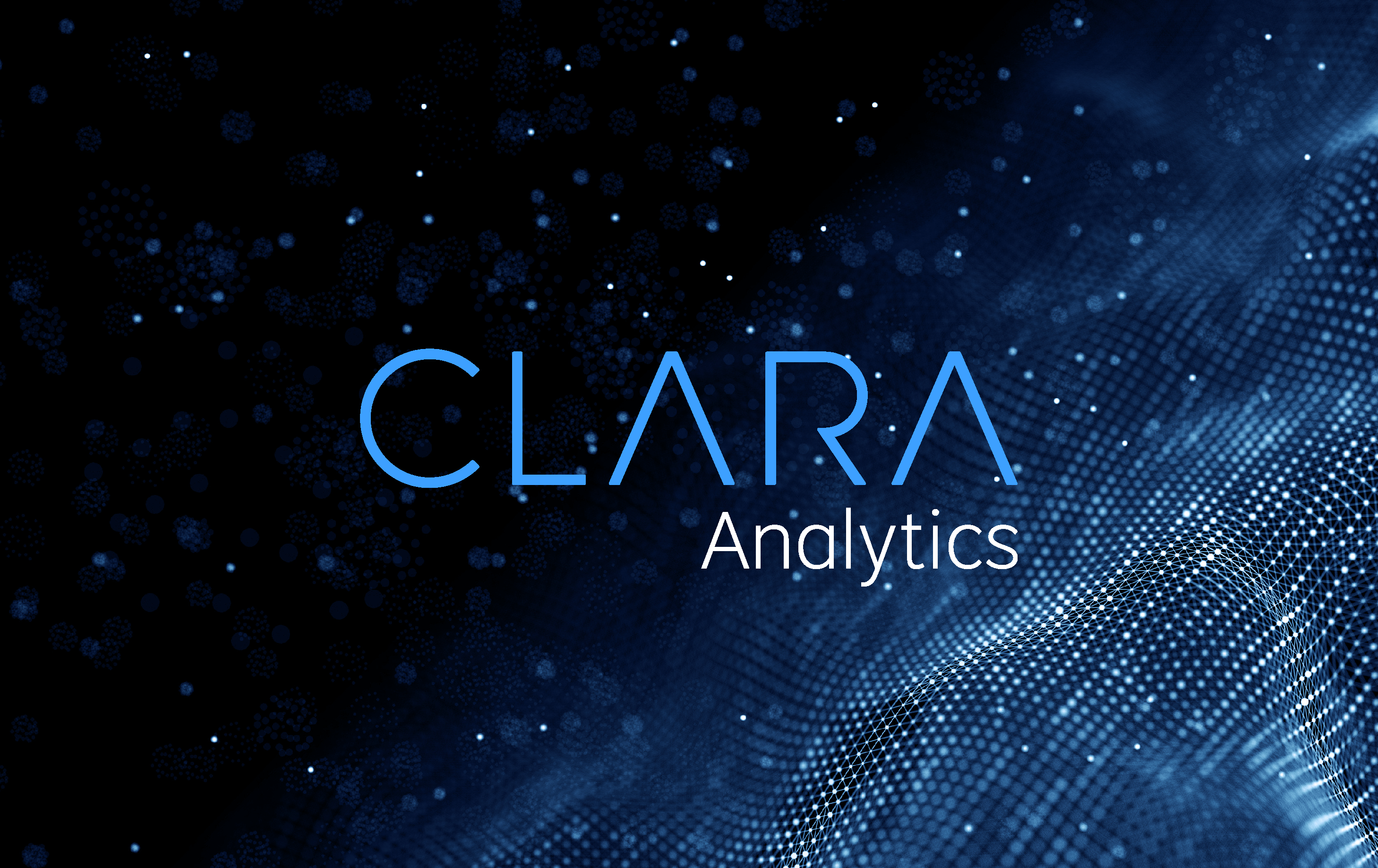Are Businesses Ready for AI? Why the Answer Doesn’t Matter
This article was first published on Dataversity.
Artificial Intelligence (AI) has been one of the most widely discussed topics in the business world for the past few years. Recently, there have been rumblings of fear and nervousness about AI’s long-term impact. Are we ready? Have we thought through the potential consequences? More and more questions pop up, which is understandable considering AI’s capacity for profound change.
The biggest innovations of the modern era have been met with similar trepidation – the car, air travel, the internet, cell phones, smartphones. The list could go on and on. But the fact is it doesn’t really matter if we’re ready for AI or not.
Before we look at why the element of fear is insignificant, let’s first consider what AI does and how it can work for all businesses as well as in specific industries.
It’s Not a Replacement
Artificial Intelligence is, essentially, algorithm-based software that can “see,” “hear,” and “think” in ways that often mimic human processes – but faster and more accurately. It is easy to see why businesses would not be ready for this. AI can tell or teach you something you do not already know by looking at your data more deeply and with less bias than you would ever be capable of otherwise. On the surface, this could sound ominous or threatening to human jobs, but in reality, it doesn’t mean a loss of value for humans. Rather, the innately human characteristics of higher-order thinking, seeing what’s not on the page, and making decisions that account for intangibles can be applied in far more strategic ways. This is a pretty incredible proposition, one that any business should want to embrace.
AI informs and empowers people to do their jobs even better and with greater efficiency. It can also help bring a high degree of personalization to services and products. When fear creeps in, it is important to remember that AI is a tool that humans exercise control over. People have the final say. We’re not looking at a “machines will rule the world” scenario.
How You Feed the Machine Matters
If there is another knock on AI-based technologies, aside from questioning whether AI will replace humans (it won’t, although jobs in the future may look a little different), it’s the issue of bias. I stand by what I said above – that AI can eliminate bias – but others may argue that data generated through AI is inherently biased because humans task machines with looking for and pulling out specific elements, and therefore, human biases have entered the equation.
This is not necessarily true; it depends on how you set things up. Many companies feed data into systems and don’t “tell” the machine anything; they let it tell them. With this approach, all bias is eliminated because the data is clean. The human interpretation of the resulting data is what then adds bias.
For example, if I input all of the addresses and relevant statistics in Chicago, a system will eventually learn which are the high-income areas all on its own, but if I feed the system data that I code as high income, I’m making the choice. From this perspective, you can think of AI like the lab partner you always wanted who could conduct every experiment perfectly but let you determine how the findings should be applied.
The Transformation Has Begun
Perhaps the best way to conquer AI apprehension is to look at some of the exciting applications of AI-based software across industries. In health care, companies are using AI to match patients with the right doctors at the right time – doctors who, along with researchers and drug companies, are using AI to determine the best, most effective treatments for incredibly complex medical conditions. Faster, more efficient research capabilities powered by AI are saving people’s lives.
Local, state, and federal governments are using AI for everything from virtual assistants to controlling traffic lights to furthering policy initiatives. And AI is one issue that has received bi-partisan support. In 2016, President Obama issued a report entitled “Preparing for the Future of Artificial Intelligence.” The White House stated:
“Advances in AI technology hold incredible potential to help America stay on the cutting edge of innovation. Already, AI technologies have opened up new markets and new opportunities for progress in critical areas such as health, education, energy, and the environment.”
Earlier this year, President Trump unveiled his own American AI Initiative, directing federal agencies to conduct R&D on AI, work with outside researchers, set clear standards, and more. As part of its rollout on February 11, 2019, Trump noted, “Continued American leadership in Artificial Intelligence is of paramount importance to maintaining the economic and national security of the United States.”
There is also tremendous promise for education, where AI is expected to help schools and teachers accomplish more than ever before. With help from AI, schools can make better use of their resources and reduce admin time, while teachers can focus on teaching the way that their students need instead of prescribing to a one-size-fits-all curriculum.
I could give even more examples, but you get the point. If even the sectors known to be among the slowest adopters of change are exhibiting a willingness and excitement to put AI to work, the train has left the station. You’re going to have to get on board.
In part two of this series, I will dive deeper into why businesses must look beyond what’s happening in the world today when considering what to do about AI. You cannot plan successfully for tomorrow based solely on what is happening today.




